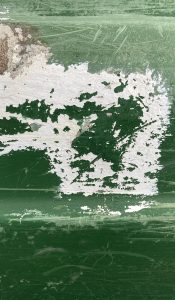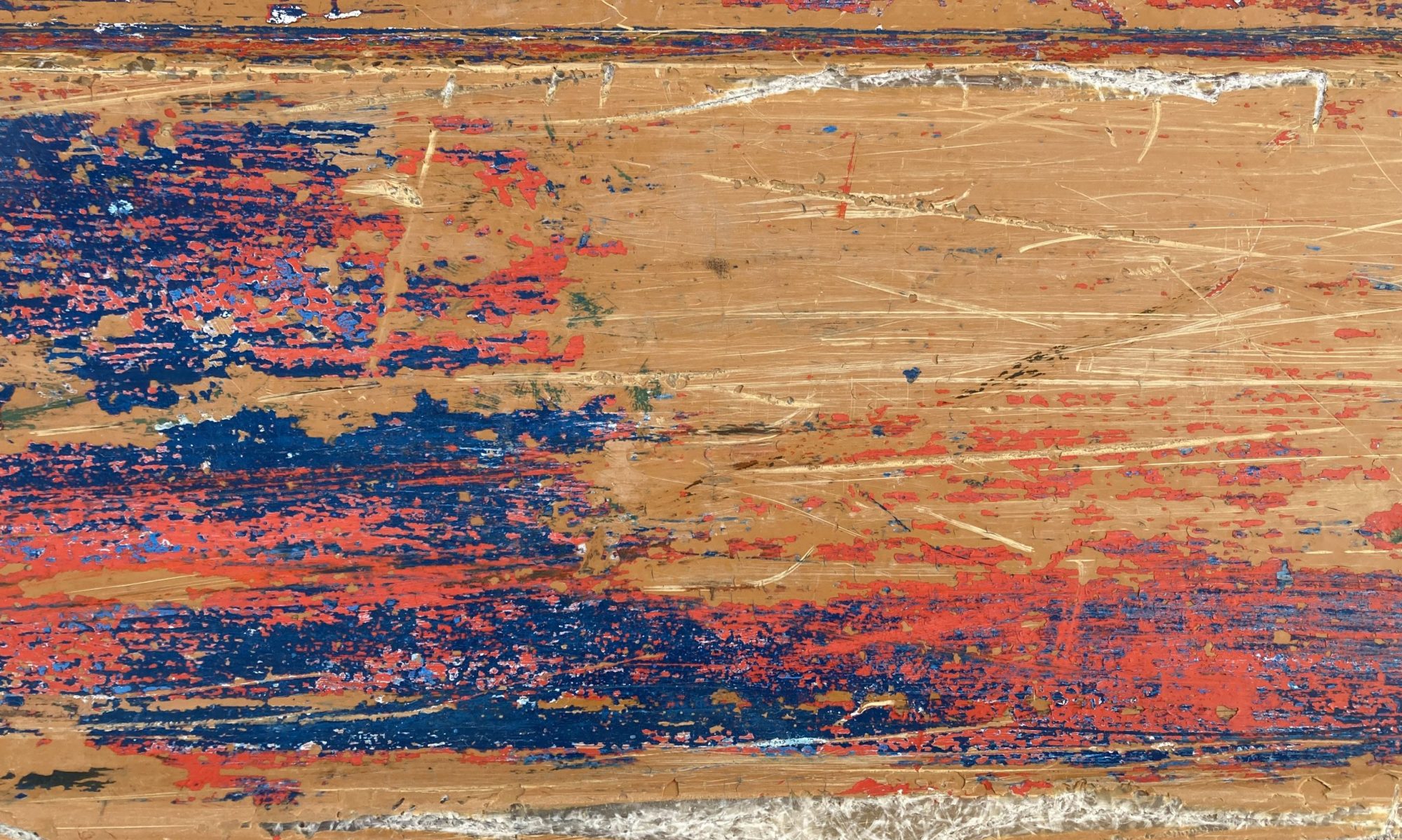 Assemblage is a concept that refers to gatherings of materials, ideas, bodies, and phenomena. Anthropologist Anna Tsing (2015/2020) suggests that assemblages could serve as a basis for producing knowledge and telling stories. The emphasis on gatherings and compositions offers an alternative to the traditional individual-oriented, one-way and forward-looking informative practices.
Assemblage is a concept that refers to gatherings of materials, ideas, bodies, and phenomena. Anthropologist Anna Tsing (2015/2020) suggests that assemblages could serve as a basis for producing knowledge and telling stories. The emphasis on gatherings and compositions offers an alternative to the traditional individual-oriented, one-way and forward-looking informative practices.
Assemblages are also open in regard with temporality, as they include not only the history we have learned, but also erased alternative histories and possible futures (see Rousell et al. 2021). For this study, the concept of assemblage offers a structure whereby to move across a range of contexts and practices. It facilitates paying attention to details of place and time as well as listening to multiple voices in situations. In the assemblages of multispecies research, we pay attention to other than human animals as part of the society. For example, in the assemblages of a museum or playground, we might examine the interactions between animals, institutional rhythms, educational ideas, technologies, weather and human children.
Literature
Hohti, R., Rousell, D., MacLure, M., & Chalk, H. L. (2021). Atmospheres of the Anthropocene. Sensing and rerouting dis/inheritances in a university museum with young people. Children’s Geographies, 1–14. https://doi.org/10.1080/14733285.2021.1998369
Tsing. A. L. (2020). Lopun aikojen sieni: Elämää kapitalismin raunioissa. Tutkijaliitto.
